Are you an artist looking for a place to showcase your pieces and get your work out there? In the digital age, having a portfolio website is almost a necessity. It allows artists of all disciplines to share their work with potential clients, employers, and followers in one location. Developing a professional website takes resources that many emerging or established artists may not have access to. Fortunately, there are numerous free portfolio websites available today that anyone can use! With features such as personalized designs, detailed galleries, contact forms, blogging capabilities and more— these sites provide the perfect platform for any artist looking to create an impact with their artistry. Keep reading to find out the best free portfolio websites for artists!
How to Become an Artist?
Becoming an artist is a dream for many people, but it takes more than just talent to succeed in the creative field. Whether you want to be a painter, musician, writer, or any other type of artist, there are certain steps you can take to develop your skills and turn your passion into a career. [1]
1. Start Developing Your Skills Early
Art is a skill that requires practice and dedication, so it’s important to start developing your talent early on. Take advantage of any art classes offered in school or join extracurricular activities related to your chosen medium. This will not only help you gain experience and improve your skills, but also allow you to explore different types of art and find what resonates with you the most.
2. Get Inspired by Others
As an artist, it’s important to constantly seek inspiration from others in your field. Attend art shows, concerts, readings, or any other events showcasing the work of established artists. This will not only expose you to different styles and techniques, but also give you a chance to network and learn from experienced creatives.
3. Consistent Practice is Key
The saying “practice makes perfect” is especially true for artists. Set aside time every day to work on your craft, whether it’s painting, playing an instrument, or writing. This will not only help you improve your skills and develop a unique style, but also keep you motivated and disciplined.
4. Build a Portfolio
In the age of social media and online portfolios, it’s essential for aspiring artists to have a strong digital presence. Create a website or social media accounts to showcase your work and make it easily accessible to potential clients or collaborators. A professional and well-curated portfolio can help you stand out in a competitive market.
5. Collaborate with Others
Collaboration is key in the creative industry. Working with other artists can not only help you gain new perspectives and skills, but also open up opportunities for exposure and growth. Be open to collaborations with fellow creatives, whether it’s a joint project or simply seeking feedback on your work. [2]
6. Don’t be Afraid to Fail
Becoming an artist is a journey filled with ups and downs. It’s important to remember that failure is a natural part of the process and can often lead to growth and improvement. Don’t let setbacks discourage you, but instead use them as motivation to keep pushing forward.
7. Stay Curious and Experiment
To be a successful artist, it’s important to continuously challenge yourself and try new things. Don’t be afraid to step out of your comfort zone and experiment with different styles, mediums, or techniques. This will not only help you grow as an artist, but also keep your work fresh and interesting.
8. Seek Feedback
As artists, we can often become too attached to our work and lose objectivity. Seeking feedback from others, whether it’s from fellow artists, mentors, or even friends and family, can help you gain valuable insights and improve your work. Be open to constructive criticism and use it to push yourself further.
9. Develop Business Skills
While the creative aspect of being an artist may come naturally to some, the business side of things can be a challenge. It’s important to develop basic business skills such as marketing, budgeting, and networking to successfully navigate the industry. This will not only help you promote your work, but also manage your career effectively.
10. Never Stop Learning
Finally, becoming an artist is a continuous learning process. Even after achieving success, it’s important to constantly seek new knowledge and experiences to keep growing as an artist. Attend workshops, take classes, or simply research and learn about different techniques and styles. The more you know, the more versatile and dynamic your work will be. [3]
How to Select a Drawing Technique?
As a beginner, choosing the right drawing technique can be overwhelming. With so many options available, it’s important to understand your goals and preferences in order to make the best decision for yourself. Here are some factors to consider when selecting a drawing technique:
- Subject matter: Certain drawing techniques work better for specific subject matters. For example, graphite pencils are great for creating detailed portraits while charcoal is ideal for sketching landscapes with a wide range of values. [4]
- Level of detail: Some techniques allow for more precise and intricate details than others. If you prefer highly detailed drawings, then colored pencils or pen and ink may be the better choice for you.
- Personal preference: Different drawing techniques have varying textures, effects, and styles. Experiment with different mediums to find one that suits your personal style and preferences.
- Availability of materials: Certain techniques may require specific materials that are not readily available or can be expensive. Consider your budget and accessibility when making your decision.
- Time commitment: Some techniques, such as oil painting, require a longer time commitment due to the drying process. If you have limited time for your artwork, consider using mediums that dry quicker such as acrylics or watercolors.
- Skill level: While it’s important to challenge yourself and try new techniques, it’s also important to choose a technique that aligns with your current skill level. Starting with simpler techniques and gradually progressing to more complex ones will help you improve and avoid frustration.
- Experimentation: Don’t be afraid to mix and match different techniques or create your own unique style. Allow yourself to explore and experiment with different mediums to find what works best for you. [5]
Which Types of Drawing are the Most Popular?
There are a variety of drawing styles and techniques that have been popular throughout history, and continue to be popular today. Some of the most well-known types of drawing include:
- Pencil Drawing: Pencil drawing is one of the most common forms of drawing, and can range from simple sketches to intricate, detailed works. It allows for a wide range of shading and line techniques. [6]
- Charcoal Drawing: Charcoal is another popular medium for drawing, known for its rich black tones and ability to create bold, dramatic lines. This type of drawing is often used for more expressive and abstract works.
- Ink Drawing: Ink is a versatile medium that can create both delicate and bold lines, making it a popular choice for drawing. It can also be combined with watercolor or other mediums for added depth and texture.
- Pastel Drawing: Pastels consist of powdered pigment pressed into sticks, allowing for vibrant colors and soft lines. This type of drawing is often used for portraits and landscapes.
- Digital Drawing: With the rise of technology, digital drawing has become increasingly popular. It allows artists to create illustrations and designs using digital tools and software.
In addition to these traditional forms of drawing, there are also various styles that have gained popularity in recent years:
- Anime/Manga Drawing: This style originated in Japan and is characterized by its distinct, exaggerated features and expressions. It has gained a strong following worldwide.
- Realistic Drawing: As the name suggests, realistic drawing aims to create highly accurate and lifelike representations of subjects. This requires a high level of skill and attention to detail.
- Street Art/Graffiti: Often created using spray paint or other street materials, street art and graffiti have become a popular form of public art, known for their bold and vibrant styles.
- Sketching: Sketching is a loose and spontaneous form of drawing that captures the essence of a subject without being overly detailed. It is often used in preliminary stages of artwork.
- Calligraphy: While not technically a form of drawing, calligraphy is the art of beautiful handwriting and often incorporates intricate designs and flourishes.
Overall, the popularity of different types of drawing can vary based on cultural influences, current trends, and individual preferences. However, regardless of the style or medium used, drawing remains a powerful form of self-expression and communication. So whether you’re a beginner or an experienced artist, there is always something new and exciting to discover in the world of drawing. Keep experimenting and exploring different styles to find your own unique voice as an artist. The possibilities are endless! So go ahead and pick up that pencil, pen, or tablet and let your creativity flow. [7]
How Should Artists Present Their Work?
As an artist, one of the most important things you need to do is present your work in a way that captures attention and accurately reflects your creative vision. Your presentation can greatly impact how your art is received and perceived by others, making it an essential element of your artistic practice. [8]
So how should artists present their work? Here are some tips to help you make the most out of your presentation.
1. Understand Your Audience
Before you can present your work, it’s important to first understand who will be viewing it. Different audiences may have different preferences and expectations, so take the time to research and consider what they might be looking for in their art experience. For example, if you are exhibiting at a gallery with a traditional audience, you may want to present your work in a more traditional and formal manner. On the other hand, if your audience is younger and more contemporary, you may want to explore more creative and unconventional presentation methods.
2. Choose the Right Medium
When presenting your art, the medium you choose can greatly impact how it is perceived by others. For example, if you are presenting your work in a gallery setting, you may want to opt for traditional mediums such as painting or sculpture. On the other hand, if you are showcasing your art online, you may want to explore digital mediums and interactive platforms.
3. Create a Cohesive Body of Work
When presenting your work, it’s important to have a cohesive body of work that tells a story or conveys a central message. This can help your audience better understand your artistic vision and connect with your work on a deeper level. Consider how each piece relates to one another and if there are any themes or motifs that tie them together. [9]
4. Pay Attention to Presentation Details
The smallest details can make a big difference when it comes to presenting your work. Pay attention to the framing, lighting, and spacing of your pieces, as well as the overall layout of your presentation space. These elements can greatly impact how your art is perceived and should be carefully considered to create a professional and impactful presentation.
5. Use Technology to Your Advantage
With advancements in technology, artists have more options than ever when it comes to presenting their work. Consider incorporating multimedia elements, such as videos or interactive displays, to enhance your presentation and engage your audience in a unique way.
6. Be Confident and Passionate
Lastly, remember that you are the best advocate for your own work. When presenting your art, be confident and passionate about what you have created. Share the story behind each piece and your artistic process, as this can help others connect with your work on a deeper level. [10]
How to Create and Organize a Perfect Artist Portfolio?
Creating an artist portfolio is an essential step in establishing yourself as a professional artist. It not only showcases your best work, but it also serves as a marketing tool to attract potential clients and art galleries. [11]
Here are some tips to help you create and organize a perfect artist portfolio:
1. Choose a cohesive theme
Your portfolio should have a consistent theme that ties all your artworks together. This can be a particular subject, medium, or style that represents your unique artistic voice. Choose a theme that you are passionate about and reflects your personality as an artist.
2. Select your best work
Your portfolio should only include your best and most recent works. Quality over quantity is key when it comes to creating a strong portfolio. Be selective and only include pieces that you are proud of and represent your skills and style.
3. Include a variety of media
Including a variety of media in your portfolio shows your flexibility as an artist and can attract a wider range of clients. However, make sure to keep it cohesive by sticking to your chosen theme.
4. Keep it organized
A well-organized portfolio is visually appealing and makes it easier for viewers to navigate. Arrange your artworks in a logical flow, such as by medium, subject, or chronologically. Also, make sure to include clear labels or captions for each piece.
5. Include your artist statement
Your artist statement is an important aspect of your portfolio as it gives viewers insight into your creative process and motivations. Keep it concise, authentic, and reflective of your work.
6. Consider digital options
In addition to a physical portfolio, consider creating a digital version to showcase your work online. This can include a website or social media platforms like Instagram or Behance.
7. Get feedback
Before finalizing your portfolio, get feedback from other artists or professionals in the industry. They can provide valuable insights and help you make any necessary adjustments.
8. Update regularly
As you create new works and your style evolves, make sure to update your portfolio regularly. This not only keeps it relevant but also shows your growth as an artist.
9. Be professional
Lastly, remember to present yourself professionally through your portfolio. Use high-quality images of your artworks and have a polished design that reflects your brand as an artist. [12]
15 Best Free Portfolio Websites for Artists
As an artist, having a strong online presence is crucial in today’s digital age. A portfolio website not only showcases your work but also acts as a platform for potential clients and collaborators to discover and contact you. However, creating a professional-looking portfolio website can be expensive and time-consuming. [13]
Fortunately, there are many free portfolio websites available that offer customizable templates and user-friendly interfaces, making it easy for artists to create their own websites without breaking the bank. Let’s consider the top 10 best free portfolio websites for artists.
1. Behance
Behance is one of the most popular and widely used portfolio websites by artists and designers. It offers a clean and modern interface with customizable templates that allow you to showcase your work in a visually appealing manner. Additionally, Behance also has a large community of creatives where you can connect and network with other artists and potential clients.
2. Dribbble
Dribbble is another popular portfolio website for designers and creatives. It offers a clean and minimalistic layout that allows your artwork to take center stage. You can create multiple projects and upload high-quality images to showcase your work. Dribbble also has a job board where you can find freelance opportunities and potential clients.
3. Adobe Portfolio
If you’re already using Adobe Creative Cloud, then Adobe Portfolio is a great option for creating your portfolio website. It offers integration with other Adobe programs such as Photoshop, Lightroom, and Illustrator, making it easy to upload and showcase your work directly from these programs. Adobe Portfolio also offers a wide range of customizable templates and the ability to connect your own domain.
4. Carbonmade
Carbonmade is a user-friendly portfolio website with a simple drag-and-drop interface, making it easy for artists of all skill levels to create their own websites. It offers various templates and allows you to customize them with your own branding. With Carbonmade, you can also create multiple portfolios for different types of work.
5. Krop
Krop is a portfolio website specifically designed for creative professionals such as artists, photographers, and designers. It offers a modern and clean interface with customizable templates. One unique feature of Krop is the ability to create an online store to sell your artwork directly from your portfolio website. [14]
6. Crevado
Crevado is a portfolio website that offers both free and paid plans. The free plan allows you to showcase up to 30 images, making it perfect for artists who don’t have a large body of work yet. It also has customizable templates and the option to connect your own domain.
7. Cargo
Cargo is a portfolio website that offers a wide range of customizable templates to showcase your work. It also has features such as client proofing, password protection, and the ability to create your own custom pages. Cargo is free for students and offers affordable plans for professionals.
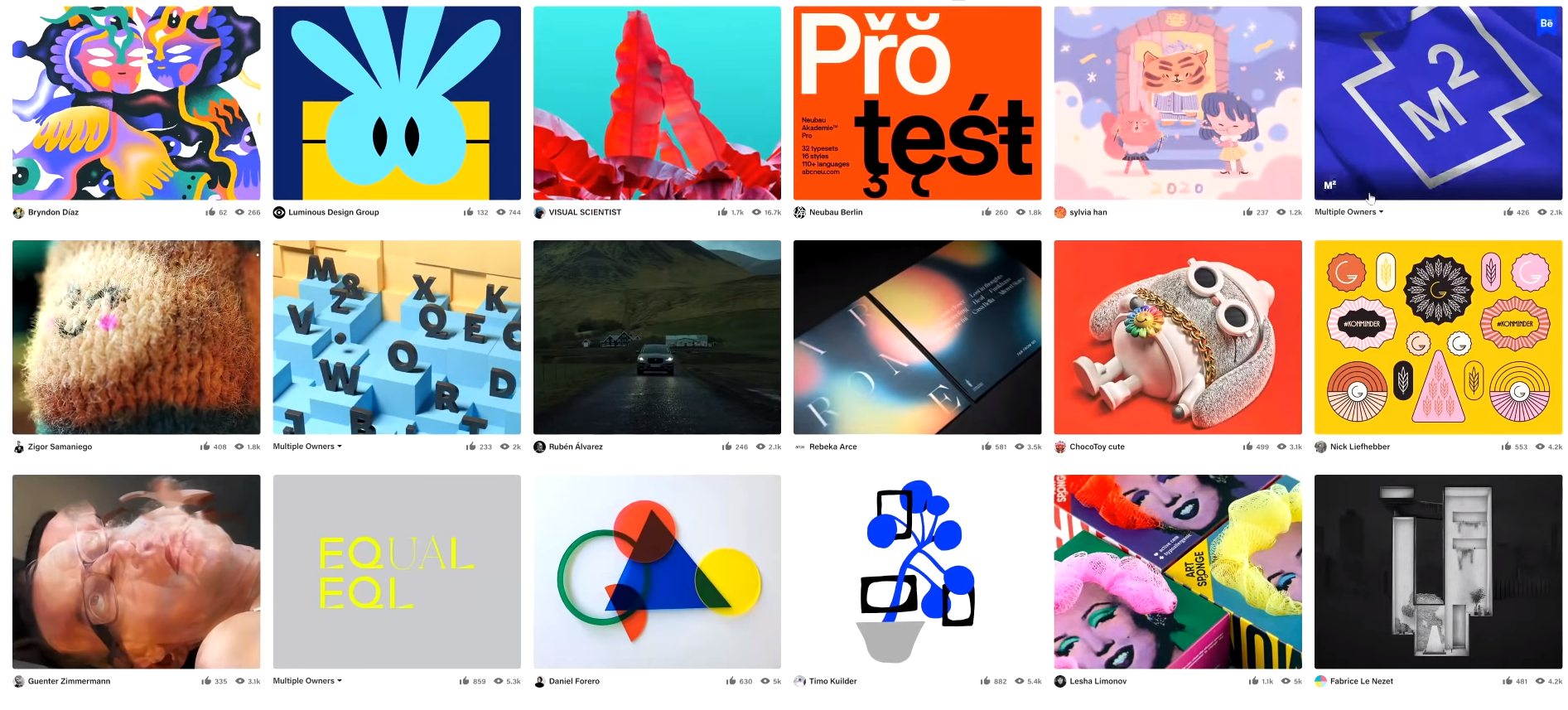
8. Format
Format is a portfolio website that offers a simple and clean interface with customizable templates. It also has features such as client proofing, e-commerce integration, and the ability to connect your own domain. Format offers a free trial and various affordable subscription plans for artists.
9. Wix
Wix is a popular website builder that offers a wide range of templates for creating portfolio websites. It has a drag-and-drop interface and allows you to customize your website with different design elements. Wix also offers various features such as e-commerce integration, SEO optimization, and the option to connect your own domain.
10. Weebly
Weebly is another popular website builder that offers customizable templates for creating portfolio websites. It has an easy-to-use interface and offers features such as e-commerce integration, mobile responsiveness, and the option to connect your own domain. Weebly also offers affordable plans for artists.
11. WordPress
WordPress is a popular content management system that allows you to create a fully customizable portfolio website. It offers various templates and plugins that can help artists showcase their work in a visually appealing manner. However, it may require some technical skills to set up and maintain a WordPress website.
12. Squarespace
Squarespace is a popular website builder that offers beautiful and modern templates for portfolio websites. It has an easy-to-use interface and offers features such as e-commerce integration, SEO optimization, and the option to connect your own domain. However, it does have limited customization options compared to other website builders.
13. Pixpa
Pixpa is a portfolio website specifically designed for creatives such as artists, photographers, and designers. It offers customizable templates and the ability to create an online store to sell your artwork directly from your portfolio website. Pixpa also has features such as client proofing and blogging capabilities.
14. Canva
Canva is a graphic design platform that also offers customizable templates for creating portfolio websites. It has an easy-to-use drag-and-drop interface and allows you to showcase your work in a visually appealing manner. Canva also offers various features such as photo editing tools and the ability to connect your own domain.
15. Moonfruit
Moonfruit is another website builder that offers customizable templates for portfolio websites. It has an intuitive drag-and-drop interface and allows you to create a mobile-friendly website. Moonfruit also offers features such as e-commerce integration and SEO optimization. [15]
FAQs
What is the best art portfolio website?
There are several variables to consider when determining the best art portfolio website for you. Some factors to consider include user-friendly interface, customizable layout and design options, customer support, pricing, features and tools available for showcasing your work, and audience reach.
To narrow down your options, it is recommended to research and compare various art portfolio websites based on these factors. Some popular choices include Behance, Dribbble, and Squarespace. Ultimately, the best art portfolio website for you will depend on your individual needs and preferences.
Is a Behance portfolio free?
While it is free to sign up and create a basic portfolio on Behance, there are additional features and services that require payment. These include the ability to showcase more of your work through unlimited project uploads, custom domain mapping, access to analytics and insights, and the removal of ads from your portfolio.
Behance offers two different pricing plans for its users – a free plan and a pro plan. The free plan allows you to create a portfolio with limited features, while the pro plan offers more advanced tools and customization options for a monthly or yearly subscription fee.
However, even if you don’t want to pay for the pro plan, having a Behance portfolio can still be incredibly valuable for creative professionals looking to showcase their work and connect with potential clients or collaborators. With its extensive reach and community of creative individuals, Behance can help you gain exposure and visibility for your work.
Is Adobe portfolio free?
Adobe portfolio is a free service offered by Adobe Creative Cloud. This means that if you have a subscription to Adobe Creative Cloud, you can use Adobe Portfolio at no additional cost. However, if you do not have a subscription to Creative Cloud, there are some limitations with the free version of Adobe Portfolio.
The free version allows for up to 5 projects and basic customization options. This may be sufficient for some users who only need a simple portfolio website.
However, if you want more customization options and unlimited projects, you will need to upgrade to the paid version of Adobe Portfolio. In addition to the extra features, upgrading to the paid version also allows you to use your own domain name for your portfolio website. This can give a more professional look and branding to your online presence.
How do I create a free artist website?
Creating a website for your art is an essential step in establishing and growing your online presence. It allows you to showcase your work, connect with potential buyers or clients, and build a professional image for your brand.
Fortunately, there are several ways to create a free artist website. Use a website builder. These are online tools that allow you to create a website without any technical knowledge or coding skills. They offer drag-and-drop interfaces, pre-designed templates, and customizable features that make it easy for anyone to build a professional-looking website.
Another option is to use a free website hosting platform. These platforms provide you with the tools and space to build and manage your website for free. Some of the popular options are WordPress, Tumblr, and Blogger. They also offer various customizable templates and plugins that can help you design a unique and visually appealing website.
If you are comfortable with coding or have some technical knowledge, you can create a free artist website using HTML, CSS, and JavaScript. This option gives you the most control over your website design and functionality but may require more time and effort.
Useful Video: Best FREE Portfolio Websites to Choose/Build for Designers
Final Thoughts
It’s clear that creating a free portfolio website for artists is a great way to showcase their work and get noticed. Whether you are a photographer, painter, sculptor, or musician, having an impressive portfolio website can help further your career. With the number of platforms available and their intuitive design tools, creating an engaging portfolio should not be difficult. All it takes is research on the best platform for you and some dedication to create an eye-catching site that reflects your style. Doing all this gives you the opportunity to leave a lasting impression on potential employers or customers and succeed in your profession. So take advantage of what’s offered online; pick the best platform and unleash your creativity – you won’t regret it!
References:
- https://uk.indeed.com/career-advice/finding-a-job/how-to-become-artist
- https://www.wikihow.com/Become-an-Artist
- https://www.skillshare.com/en/blog/how-to-become-an-artist-advice-from-actual-artists/
- https://www.linearity.io/blog/drawing-styles/
- https://finearttutorials.com/guide/pencil-drawing-techniques/
- https://obsessedwithart.com/popular-drawing-styles/
- https://doncorgi.com/blog/drawing-styles/
- https://www.artsyshark.com/2020/06/10/create-better-displays-of-your-art/
- https://i-studentglobal.com/what-to-study/arts-humanities/preparing-your-art-for-presentation/
- https://emptyeasel.com/2017/02/15/4-tips-for-presenting-your-art-to-galleries/
- https://www.cca.edu/newsroom/top-10-tips-creating-best-art-portfolio/
- https://www.kingseducation.com/kings-life/how-to-make-an-art-portfolio
- https://doncorgi.com/blog/free-portfolio-websites-for-artists/
- https://blog.hubspot.com/marketing/free-portfolio-websites
- https://www.cakeresume.com/resources/best-free-portfolio-websites?locale=en

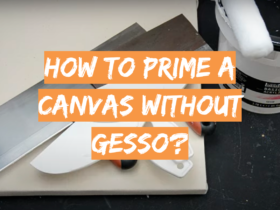







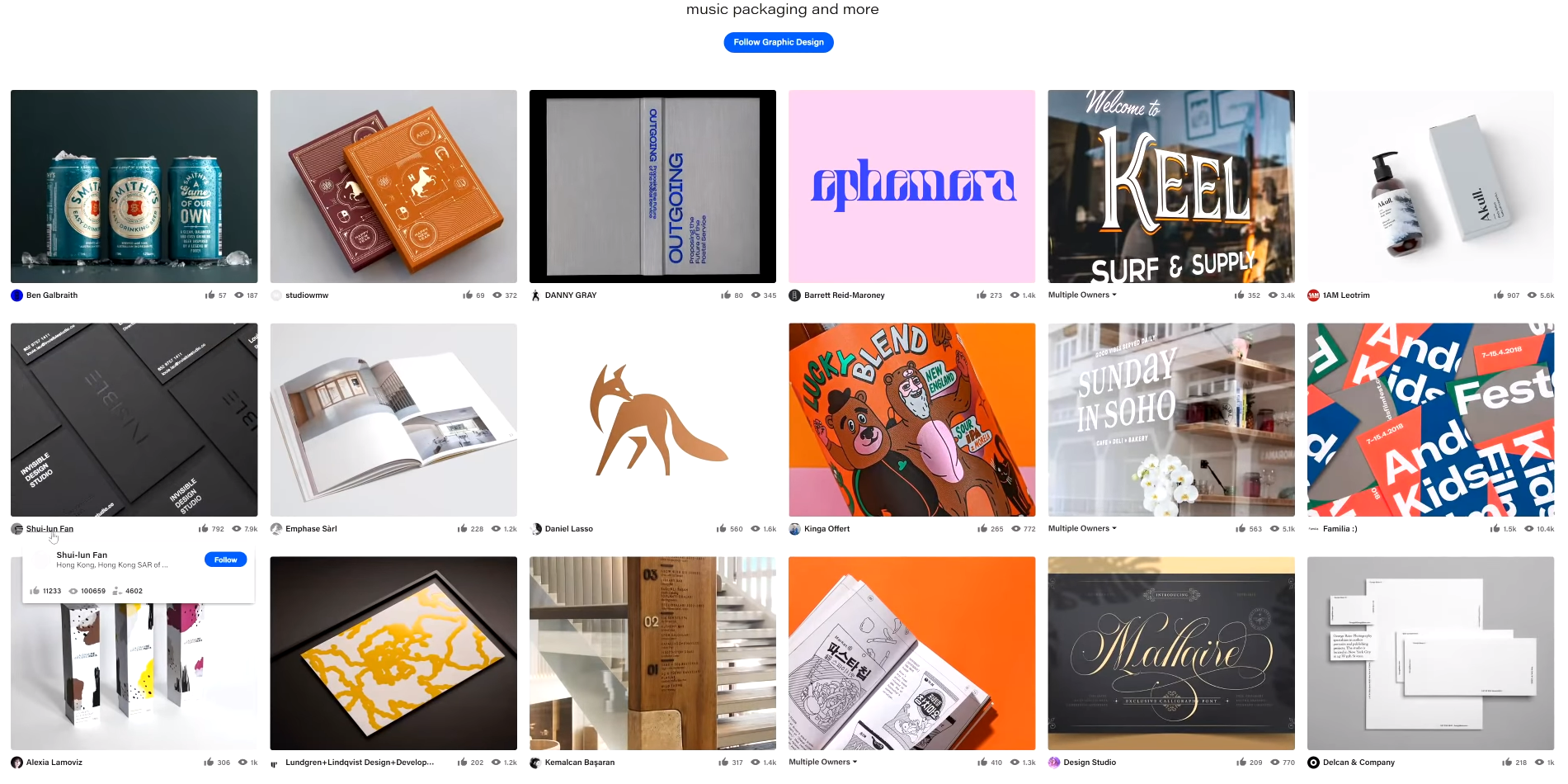
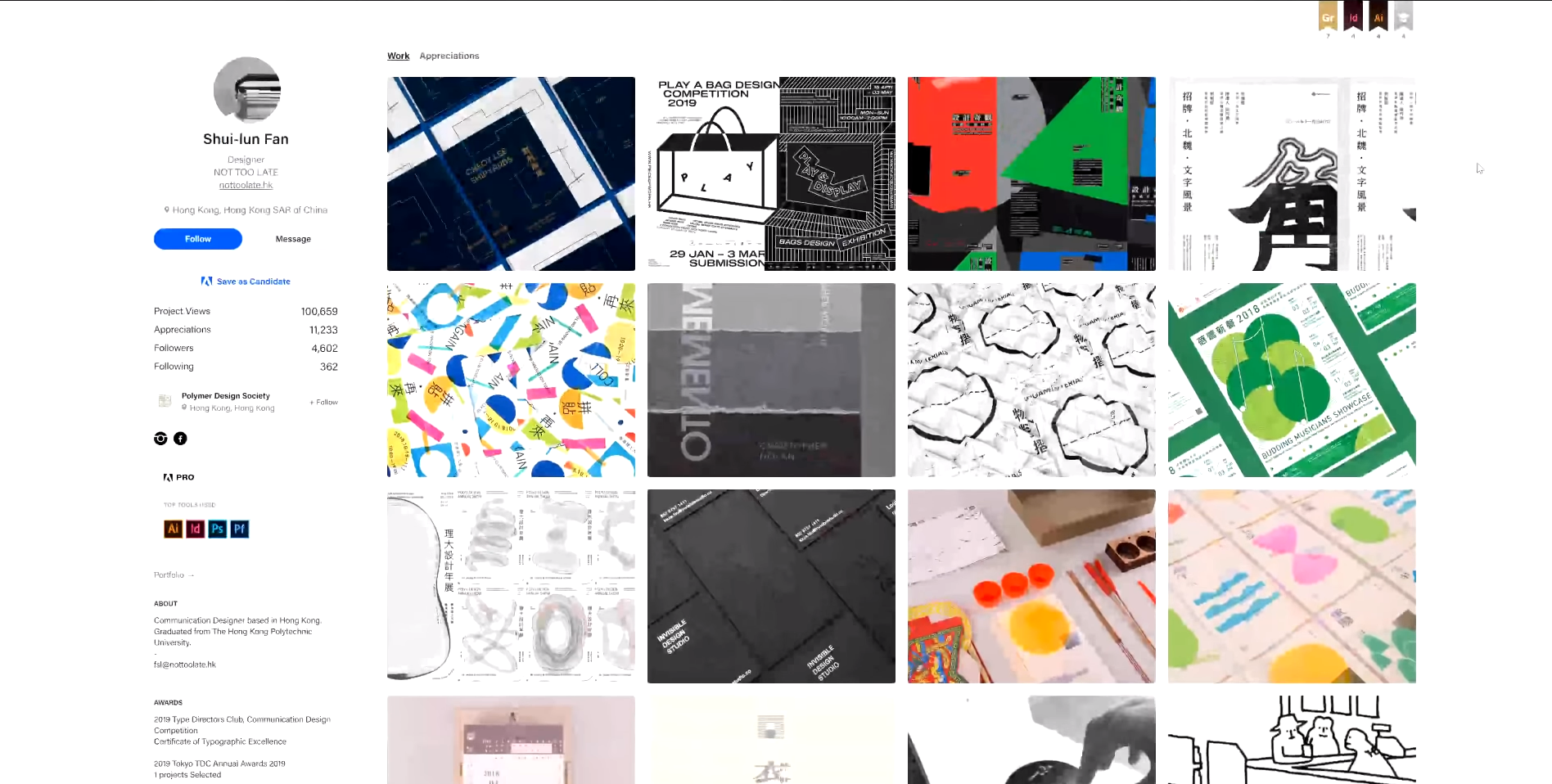
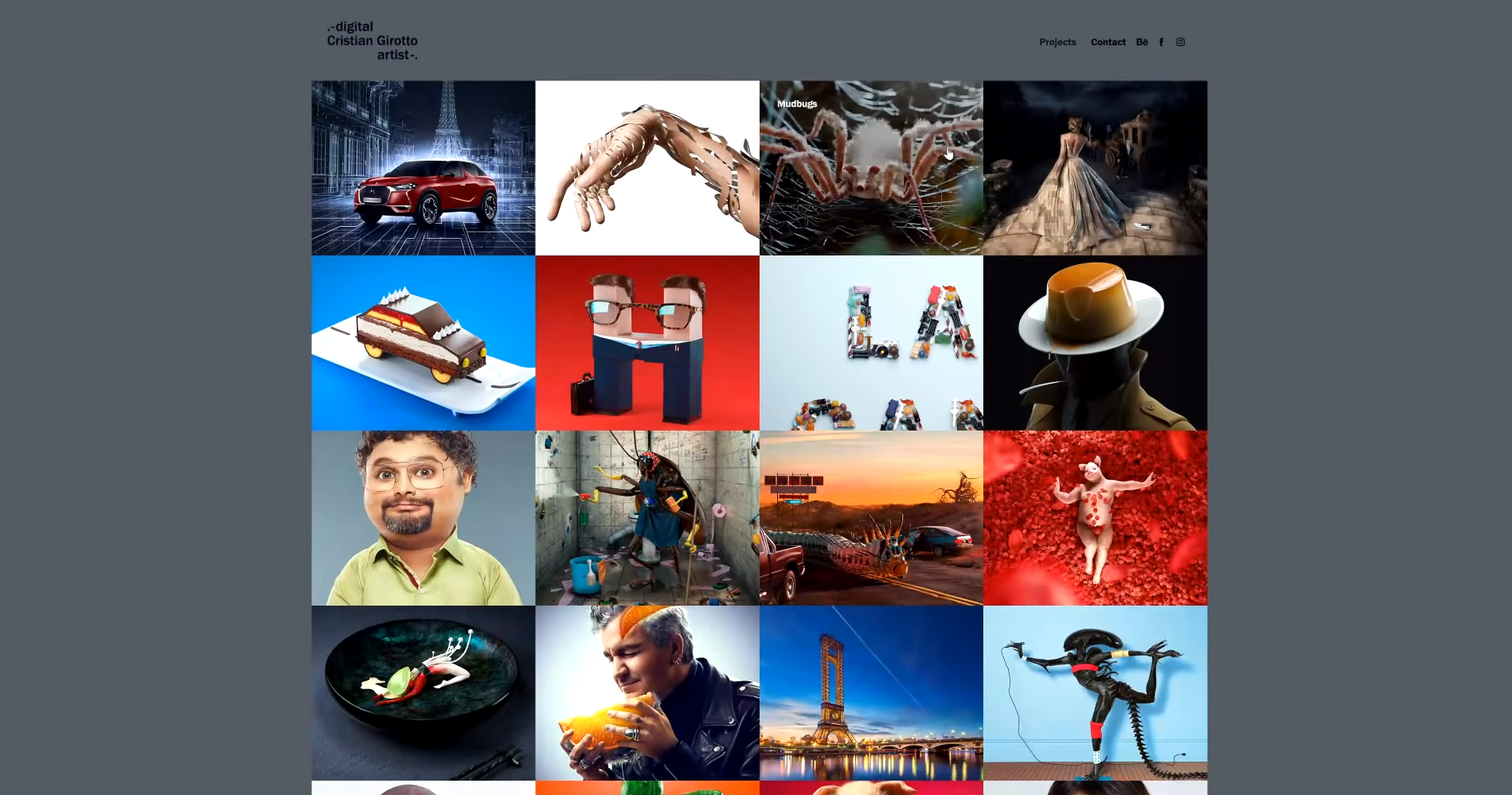
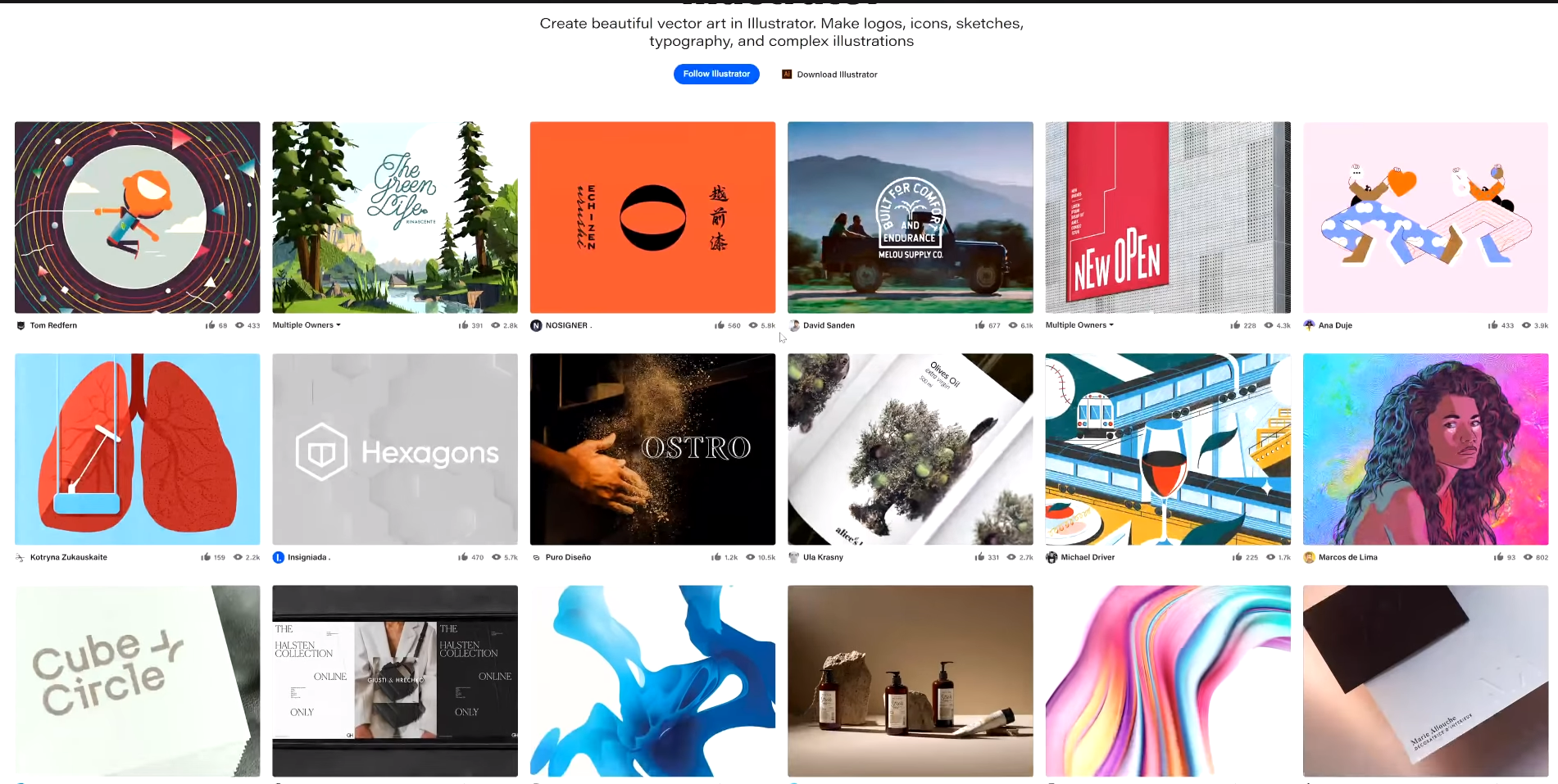
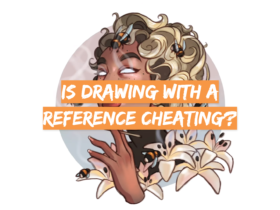
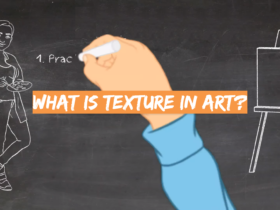
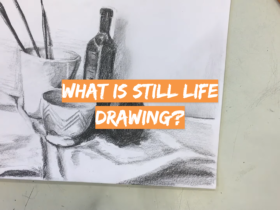
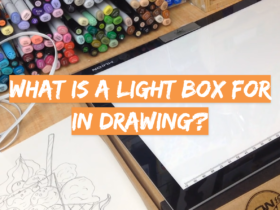
Leave a Review